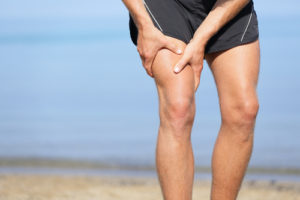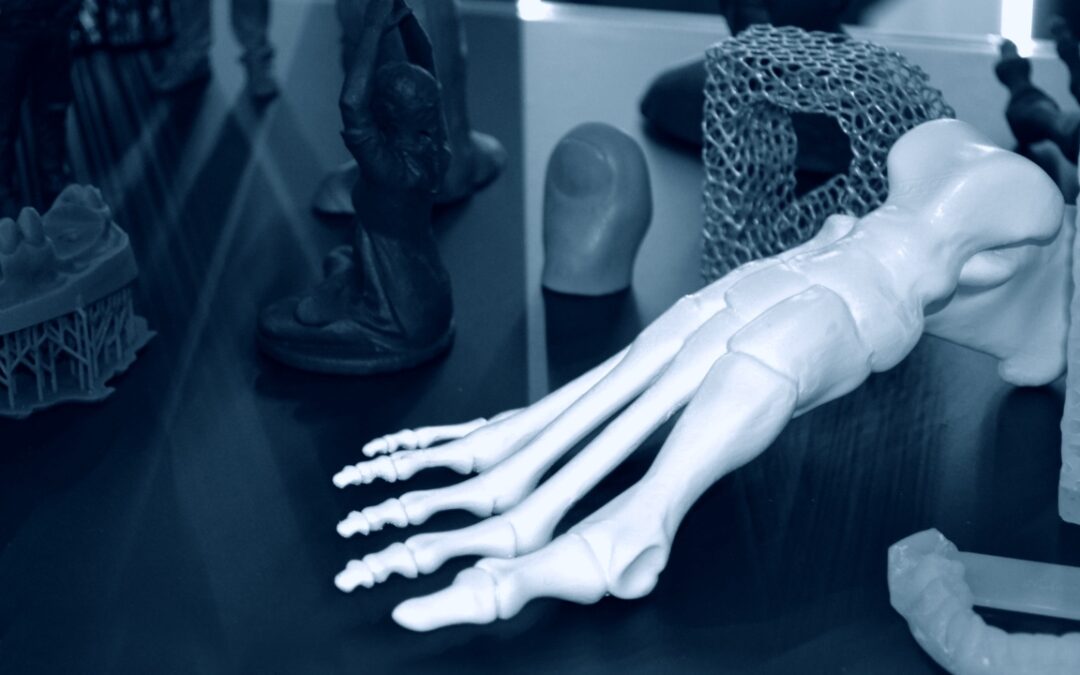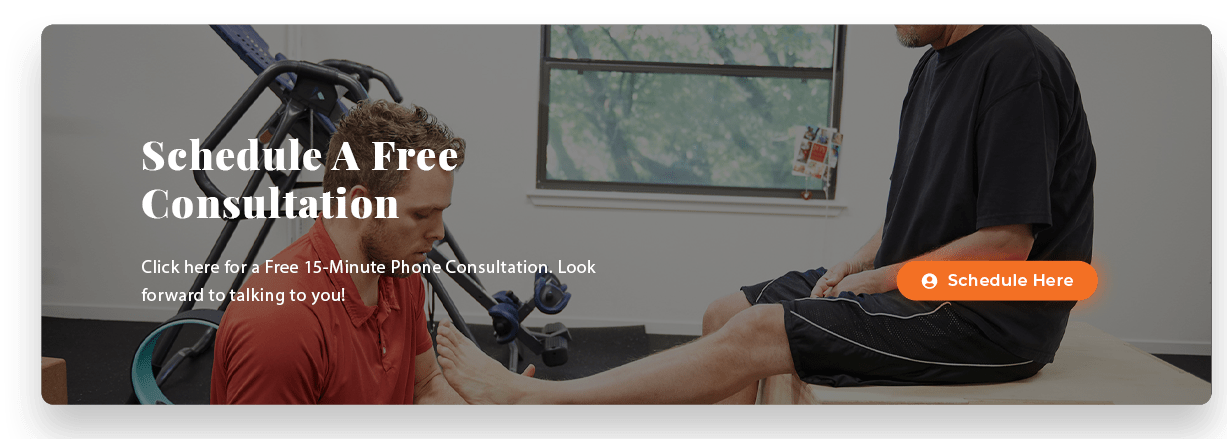“For many people, managing pain involves using prescription medicine in combination with complementary techniques like physical therapy, acupuncture, yoga and massage. I appreciate this because I truly believe medical care should address the person as a whole – their mind, body, and spirit.” –Naomi Judd
No statement that we’ve come across rings truer when it comes to managing pain. There are so many things you can do and treatments to be a part of but at the end of the day, our overall goal is to address each individual person as a whole. Everyone is different and our bodies all work in their own unique ways, but managing pain and muscle dysfunction with Active Release Technique is universal for many reasons.
What is Active Release Technique?
 Before we address how managing pain and muscle dysfunction with Active Release Technique is valuable to us at Pain and Performance Solutions and more importantly you, let us explain what it is. Dr. P. Michael Leahy started Active Release Technique® over 30 years ago. ART® began when Dr. Leahy was working with elite athletes to treat soft tissue disorders, so those athletes could return to optimal performance as fast as possible. ART is used to treat symptoms in your muscles, tendons, ligaments, fascia and nerves. Through a combination of pressure and tension by the practitioner and movement (usually active) on the part of the client, these collagen fibers and scar tissue are broken up. This restores normal range of motion and blood flow while restoring pain free movement, endurance, and strength.
Before we address how managing pain and muscle dysfunction with Active Release Technique is valuable to us at Pain and Performance Solutions and more importantly you, let us explain what it is. Dr. P. Michael Leahy started Active Release Technique® over 30 years ago. ART® began when Dr. Leahy was working with elite athletes to treat soft tissue disorders, so those athletes could return to optimal performance as fast as possible. ART is used to treat symptoms in your muscles, tendons, ligaments, fascia and nerves. Through a combination of pressure and tension by the practitioner and movement (usually active) on the part of the client, these collagen fibers and scar tissue are broken up. This restores normal range of motion and blood flow while restoring pain free movement, endurance, and strength.
What is muscle dysfunction
In order to learn how managing pain and muscle dysfunction can help treat your ailments, we should explain what muscle dysfunction is and how it is developed. Skeletal muscle dysfunction is common in patients with chronic obstructive pulmonary disease (COPD). Muscle strength and endurance are decreased, whereas muscle fatigability is increased. Patients with COPD tend to reduce their level of physical activity because exertion causes unpleasant sensations. A vicious cycle can result, with reductions in physical activity producing more deconditioning, and more impairment in skeletal muscle function leading to more symptoms at lower levels of work.
What is your body saying?
While some injuries are caused by a traumatic injury, such as a fall or tear, a large majority of injuries result from an accumulation of small traumatic injuries. These types of injuries can include repetitive motion, continued lifting of objects, or even poor body posture throughout the day. The small injuries resulting from this type of activity are often referred to as repetitive strain or accumulative trauma injuries. The affected tissues change and don’t work as effectively as healthy tissues. These changes often result in decreased oxygen getting to a muscle or tendon, which changes the tissue structure and how the muscle works. This leads to the eventual formation of scar tissue in and around the muscle that will then bind to surrounding structures such as fascia and nerves. This binding of structures can cause muscles to become shorter, range of motion to decrease, and pain can occur with everyday movement and activity. This will eventually lead to decreased use and increased pain of the affected area
Managing pain and muscle dysfunction with Active Release Technique (ART)
Active Release Technique’s goal is to address your body and its structural mechanics and to help get it back to a normal range of motion while allowing the blood to flow freely. Muscle dysfunction is a disorder that will limit the amount of movements your body can do. When you try and overdo your workouts or your recovery, your body responds to that and starts working improperly. Managing pain and muscle dysfunction through Active Release Technique is the bridge.
Now the question becomes how is managing pain and muscle dysfunction with Active Release Technique helpful to you? ART® works when there is a release of tension in the desired areas. We will apply some force and tension, all while knowing what your pain threshold is. Then we’ll have our patient make specific movements so that tension can be released. Adhesions will be loosened and broken up when the muscles begin to move through the tension that is being administered freely. When this is achieved, the results will be a lesser pain in those affected areas and a much greater range of motion.
Going forward with ART and Pain and Performance Solutions
Managing pain and muscle dysfunction with Active Release Technique is highly beneficial for our patients because it addresses the body’s inability to move freely properly. With tension and pressure, and no timetable, ART will get your body back to its natural healthy state. We’d love to set up a consultation and start getting to know you and your body.
Frequently Asked Questions
1. What is Active Release Technique (ART) used for?
ART is primarily used for treating soft tissue disorders like muscle dysfunction, tendinitis, and ligament injuries. By targeting scar tissue and adhesions, ART helps restore range of motion, relieve pain, and improve flexibility. It’s especially beneficial for athletes and individuals recovering from repetitive motion injuries. According to studies, ART can improve muscle flexibility by up to 20%, making it a preferred choice for injury recovery.
2. How does Active Release Technique (ART) relieve pain?
ART works by applying pressure to the affected soft tissues while the patient actively moves through specific motions. This technique breaks up scar tissue and adhesions, which can restrict blood flow and cause pain. By restoring normal movement and circulation, ART reduces pain and promotes healing. Many patients report significant pain relief after just 3-5 sessions, depending on the severity of their condition.
3. Is Active Release Technique (ART) safe for everyone?
ART is generally safe for most individuals, including athletes, office workers, and those with chronic pain conditions. However, people with certain medical conditions like severe osteoporosis or acute inflammation should consult with a healthcare provider before undergoing ART. A certified practitioner can assess whether ART is appropriate for your specific needs.
4. Can Active Release Technique (ART) help with chronic pain management?
Yes, ART is highly effective for managing chronic pain, especially for conditions involving muscle dysfunction and soft tissue injuries. For instance, chronic lower back pain affects nearly 20% of adults worldwide, and ART has been shown to significantly reduce symptoms by improving tissue function and mobility. Regular treatments can lead to lasting pain relief and better physical function.
5. How does Active Release Technique (ART) differ from traditional massage?
While traditional massage focuses on relaxation, ART is a specialized manual therapy that targets specific areas of soft tissue dysfunction. ART practitioners apply precise pressure to break up scar tissue and adhesions, restoring normal movement and relieving pain. Unlike massage, ART involves active participation from the patient, making it a more dynamic and tailored treatment for injury recovery.
6. How many sessions of Active Release Technique (ART) are needed to see results?
The number of ART sessions needed depends on the severity and type of injury. Typically, patients notice improvement within 3-5 sessions, though some may require up to 8-10 treatments for chronic or severe conditions. Regular ART therapy, combined with physical exercises, can help maintain pain relief and improve flexibility over the long term.
7. Can Active Release Technique (ART) improve athletic performance?
Yes, ART can significantly boost athletic performance by addressing muscle imbalances and improving flexibility. By breaking up restrictive scar tissue, ART enhances the body’s natural range of motion, allowing athletes to perform better and recover faster from injuries. Research has shown that ART improves performance metrics like strength and endurance by restoring proper tissue function.
8. Is Active Release Technique (ART) effective for treating scar tissue?
Absolutely. ART is highly effective at breaking down scar tissue and adhesions that develop from injury or overuse. This improves blood flow to the affected area, accelerates healing, and restores normal movement. Studies show that ART can help reduce scar tissue formation by up to 30%, making it a preferred treatment for post-injury recovery.
9. Can Active Release Technique (ART) help with muscle dysfunction caused by repetitive strain?
Yes, ART is particularly effective for treating repetitive strain injuries. Conditions like carpal tunnel syndrome and tennis elbow are common results of repetitive motion, leading to muscle dysfunction and pain. ART helps by releasing tension and scar tissue in the affected areas, restoring normal movement and reducing pain. According to the Journal of Athletic Training, ART can reduce the pain associated with repetitive strain by 40-50% in just a few sessions.
10. How does Active Release Technique (ART) improve range of motion?
ART improves range of motion by breaking down adhesions and scar tissue that restrict muscle movement. By restoring normal tissue function, ART helps muscles move more freely, allowing for better flexibility and joint mobility. Improved range of motion is essential for athletes and individuals recovering from injuries, as it helps them perform daily activities without pain or restriction.


